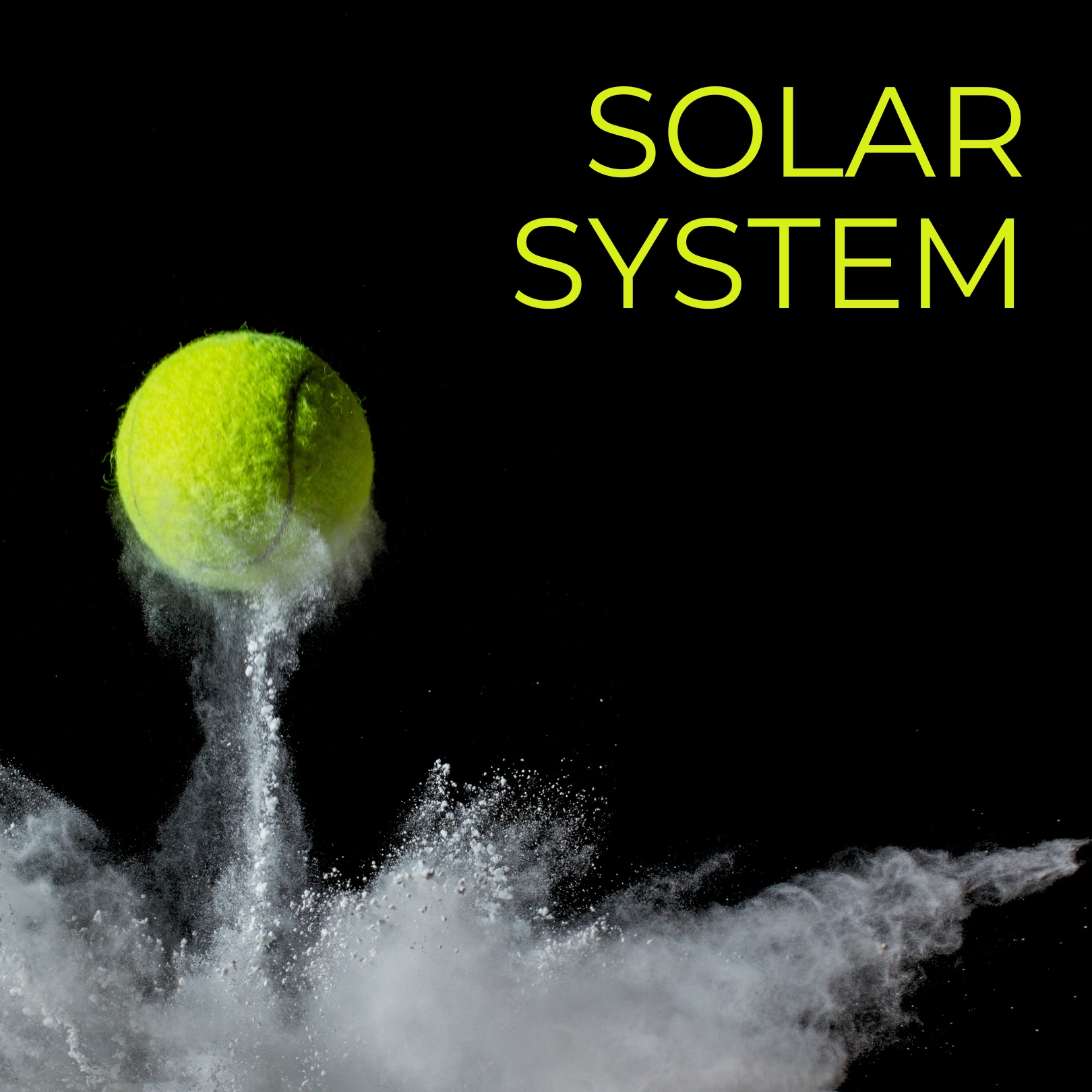
I recently visited the Houston Museum of Natural Science with a group from church, triggering a memory of something that happened to me long ago. When I was about ten, my fourth grade class ventured to this very same museum on a field trip. Presumably so that we might more fully experience and appreciate the place, we were given a list of things to find in the museum. A sort of scavenger hunt. Competitive in nature, I carefully studied the list on the bus, and as soon as we unloaded, I rushed to the entrance and got started as quickly as I could.
Once inside, I moved rapidly from room to room, earnestly searching for each enumerated item, dutifully checking off each one, until soon I was missing only a single one—The Solar System. The Solar System? I looked again—all over, up and down, back and forth, but without success until I was eventually given a hint that The Solar System wasn’t actually inside the museum but just outside the front door. And sure enough, it was.
As you approach the entrance to the museum even now, there’s a wide silver arc embedded in the concrete near the main doors leading into the building. Adjacent to this arc, following along its curve, in big giant letters, it says SUN. Then, not far from this representation of the sun, nearby on the steps, there’s a tiny silver disc about the size of a nickel with a plaque next to it with the word Mercury. About a foot out from Mercury, there’s another little silver disc, this one slightly bigger. Venus. A short step out from Venus is another small disc and on this one you can make out some etched lines—oceans and the familiar contours of little continents. Earth.
Another step out from Earth, there’s Mars. Then down the stairs and across a wide expanse of concrete, you’ll find the outlines of the other planets set sequentially into the ground, scaled in size and distance from both the sun and one another. Jupiter, its many tiny moons circling it, is quite large, yet still dwarfed by the size of the sun back near the door. Next, there’s Saturn with its rings. And if you continue walking all the way out to the street, right about where the buses had dropped us off, there’s a lonely dime-sized circle embedded in the concrete labeled Pluto.
Immediately upon exiting the bus and so intent on accomplishing the assignment successfully, I had actually stepped over every single one of the planets, then rushed past the wide arc at the door with the now obvious giant letters S-U-N on it, just in order to get inside.
On one hand, I can’t believe I missed all of this. On the other hand and in my defense, it’s fairly easy to get all the way up to the entrance and not notice any of this since this scaled model of the solar system is mostly just concrete. That is to say, just as our real solar system is made up overwhelmingly of vast expanses of empty space, this model solar system was laid out over a wide open area too, making it easy to miss.
To illustrate our solar system’s size and the distances involved on another scale, imagine the sun as a tennis ball you’re holding in your hand. At this scale, Earth would be a single grain of sand about twenty-five feet away. Jupiter would be a cherry pit some hundred and forty feet—about the length of one and a half basketball courts—away. Saturn would be a little smaller—a pebble (one with rings) two hundred and fifty feet away, then far beyond the pebble, there’d be little Pluto, a mere fleck of dust over three football fields away. Our solar system, ladies and gentlemen, is big. To take this another illustrative step further, if you’re holding the tennis ball in your hand here in Houston, Texas, then Proxima Centauri, the closest star to our solar system, would be no bigger than a golf ball located somewhere near Minneapolis, Minnesota.
If I learned any lessons from my eventual discovery of the elusive solar system model embedded in the concrete outside the Museum of Natural Science, one is that what God has created here in our little local planetary neighborhood is breathtakingly vast. And another might be that if we move too quickly through our lives, overly focused only on the business we have at hand, it’s easy to miss the whole thing.
God—May I more fully experience and appreciate this place. Amen.





